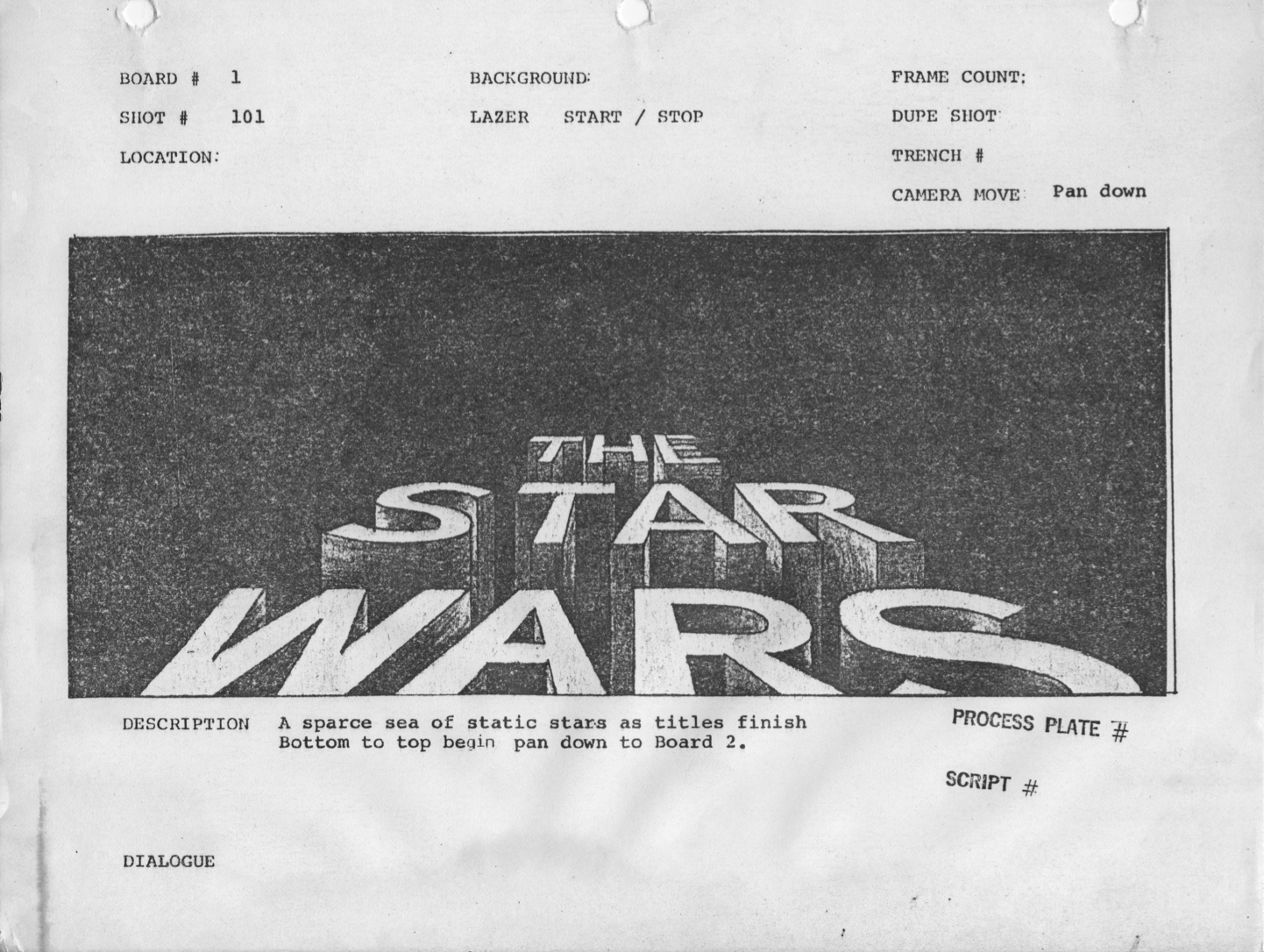
How to Blow up a Death Star
I’ve worked on a lot of high profile films in a career that I have been blessed with, but nothing seems to get more people’s attention than when I tell them…
I blew up the Death Star.
Not Luke Skywalker...but me.
At the risk of getting on the no-fly list, and in honor of what I hope will be a huge resurgence of the franchise, I’d like to describe how I became involved in such a project.



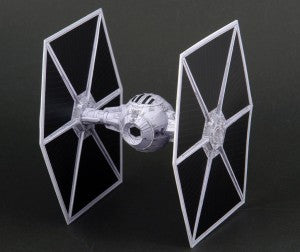 I’m relieved that this footage no longer exists, as it was an embarrassment to everyone concerned. But my little unit went on to do the major on-screen miniature explosions for the picture.
I’m relieved that this footage no longer exists, as it was an embarrassment to everyone concerned. But my little unit went on to do the major on-screen miniature explosions for the picture.
 This technique has now come to be known as a zero-g explosion. When you shoot an explosion conventionally, with the camera straight and level, with forces of gravity and atmospherics acting on it, what you get is a mushroom cloud which doesn’t look like it’s exploding in outer-space.
By having the bomb explode directly over-head, it gives the illusion that there are no forces of gravity acting on the fireball, i.e. it’s in outer space!!
This technique has now come to be known as a zero-g explosion. When you shoot an explosion conventionally, with the camera straight and level, with forces of gravity and atmospherics acting on it, what you get is a mushroom cloud which doesn’t look like it’s exploding in outer-space.
By having the bomb explode directly over-head, it gives the illusion that there are no forces of gravity acting on the fireball, i.e. it’s in outer space!!

1. Shoot the explosions at a higher frame rate.
2. Shoot bigger explosions.
Well back in the mid seventies, film cameras didn’t go any faster than we were already running them, about 120 frames per second. There were Photosonic cameras, which went faster, but the picture quality was poor and the film was not fast enough to get a decent exposure from the bombs we were using.
This situation was also exacerbated by the fact that we now wanted to use a VistaVision (large format) camera, which felt like it was going to shake itself to bits if you could even coax 100 frames per second out of it. We also now wanted to shoot the explosions against a matting material instead of black, in this case a bluescreen rag.
We had to shoot bigger explosions and we needed a bigger stage.
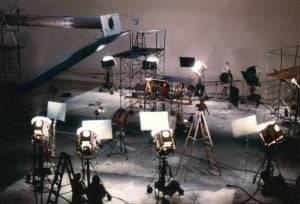

 It’s about as much fun as you can have without getting arrested blowing up these beautifully detailed models.
Our beautiful explosions however were later desecrated with “digital shockwaves” when Star Wars became “The New Hope.” I hope Disney will release the original version at some point.
It’s about as much fun as you can have without getting arrested blowing up these beautifully detailed models.
Our beautiful explosions however were later desecrated with “digital shockwaves” when Star Wars became “The New Hope.” I hope Disney will release the original version at some point.





Thank the Maker!
When George Lucas returned from England after shooting the live-action portions of Star Wars, or “The Star Wars” as it was known at the time, he was frustrated that the research and development on the motion control camera system (which would eventually produced the signature Visual Effects for Star Wars) was taking too long. Clutching at straws, he hired me to form a small Visual Effects splinter unit, to try some alternate techniques. These included mounting the TIE Fighter and X-Wing models on black rods and hiring some puppeteers dressed in black velvet suits to fly them in front of the lens while the camera moved through space toward them.
 I’m relieved that this footage no longer exists, as it was an embarrassment to everyone concerned. But my little unit went on to do the major on-screen miniature explosions for the picture.
I’m relieved that this footage no longer exists, as it was an embarrassment to everyone concerned. But my little unit went on to do the major on-screen miniature explosions for the picture.
The Force is Strong with This One.
We started small on the tiny Berendo Stage near Koreatown in Los Angeles. As we walked onto the empty stage we hung a large black duvetyn rag in the rafters and set up a camera, pointing straight up in the air. We covered the camera with a sheet of plywood, cut a hole for the lens, and covered it with a sheet of glass. Our genius powder-man/bomb-maker, Joe Viskocil, poked a hole in the center of the rag and rigged a bomb directly over the lens. We ran the camera at high-speed, as fast as it would go, and ignited the bomb. The result was this… This technique has now come to be known as a zero-g explosion. When you shoot an explosion conventionally, with the camera straight and level, with forces of gravity and atmospherics acting on it, what you get is a mushroom cloud which doesn’t look like it’s exploding in outer-space.
By having the bomb explode directly over-head, it gives the illusion that there are no forces of gravity acting on the fireball, i.e. it’s in outer space!!
This technique has now come to be known as a zero-g explosion. When you shoot an explosion conventionally, with the camera straight and level, with forces of gravity and atmospherics acting on it, what you get is a mushroom cloud which doesn’t look like it’s exploding in outer-space.
By having the bomb explode directly over-head, it gives the illusion that there are no forces of gravity acting on the fireball, i.e. it’s in outer space!!
He’s Holding a Thermal Detonator!
We experimented with different kinds of bombs. Joe had a bunch of different chemicals, which gave different effects. One, which George Lucas liked a lot, was secondary ignition of Titanium chips, and these became one of the main ingredients of the final Death Star explosion. They are responsible for all the little dancing sparkles, which comprised the aftermath of the explosion. We also experimented with multi-stage bombs where there would be an initial, black powder explosion, which ignited a baggy of gasoline, which in turn set off a third explosion. These were my personal favorites.
I’ve Got A Bad Feeling About This...
One of the problems we ran into was the explosions didn’t look big enough. This could be solved in two ways:Never Tell Me the Odds!
So, we moved to the huge Stage 5 at what was then called Producers Studio (now Raleigh Studios), which I read on Twitter the other day is supposed to be haunted by the spirit of a stagehand who fell to his death in the 1920s. This stage is 148x90 feet with a height of 35 feet to the grid. Instead of hanging a black rag like we did at Berendo, we hung an enormous 40x40 foot “blue-screen” rag from the 35 foot ceiling. Now in order to illuminate this huge rag and get the right exposure, we needed masses of light and preferably blue light. We could have used HMIs, which were just coming out at the time, but in the beginning these early HMIs were plagued with flicker problems, especially when shooting at high frame rates. So we used eight Blue-Coal Carbon Arc-Lights. Arc Lights were on the decline at this time because they required a lot of manpower and maintenance to run them. They create light in the same way as an Arc-Welder, literally with two carbon rods burning with a 110 volts DC charge between them. Learn more than you ever wanted to know about these obsolete lights here. Here’s a picture of our set up with 8 Arc burning merrily.
Try Not. Do or Do Not. There is No Try.
Once the blue-screen was lit, we let off bigger and bigger explosions. I remember they were often too big and we found ourselves walking across the stage wiping burning napalm off our bare arms. It was simpler days back then and we had no Fire Marshall on stage with us. All we had were a couple of hand held fire extinguishers as you can see in this picture of the actual Death Star explosion. You can just about see me kneeling behind the saw-horse in the center of frame. After finishing up these zero-g explosions, we began a spree of blowing up X-Wings and TIE Fighters. The trick here was to blow the models with streams of smooth fast-moving air to keep the flames looking miniaturized and give them a sense of movement when they were matted into the final scenes.
 It’s about as much fun as you can have without getting arrested blowing up these beautifully detailed models.
Our beautiful explosions however were later desecrated with “digital shockwaves” when Star Wars became “The New Hope.” I hope Disney will release the original version at some point.
It’s about as much fun as you can have without getting arrested blowing up these beautifully detailed models.
Our beautiful explosions however were later desecrated with “digital shockwaves” when Star Wars became “The New Hope.” I hope Disney will release the original version at some point.
There is Still Good in Him. I Can Feel it.
Full disclosure, I have to confess a fact, which I am much less proud of...I also blew up Alderaan along with all its innocent inhabitants.


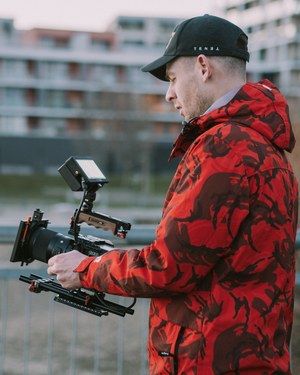
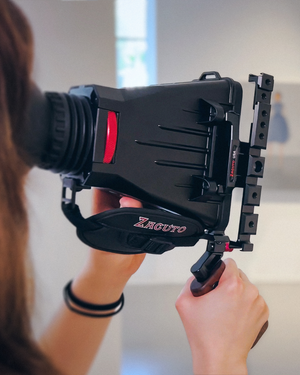
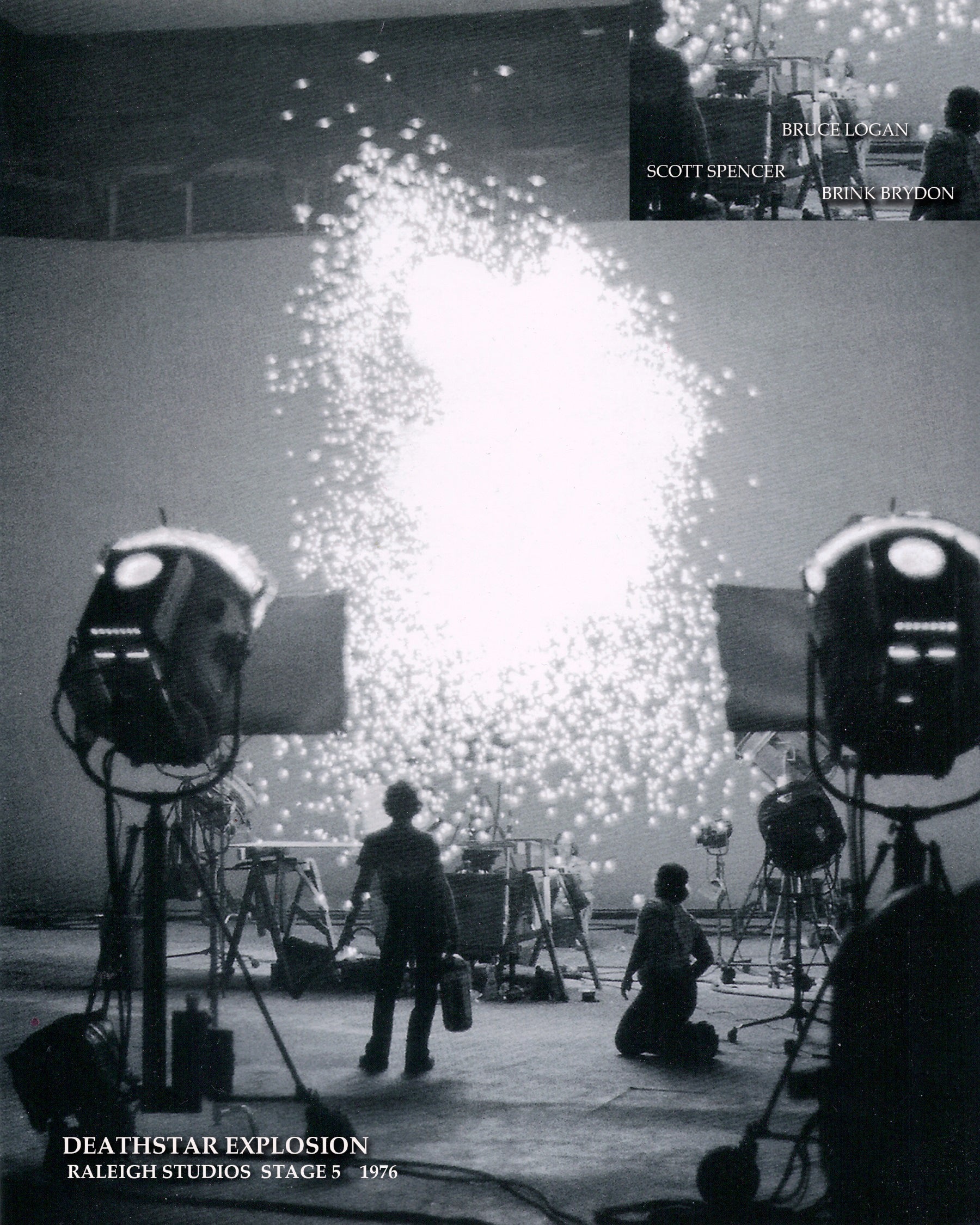
Leave a comment